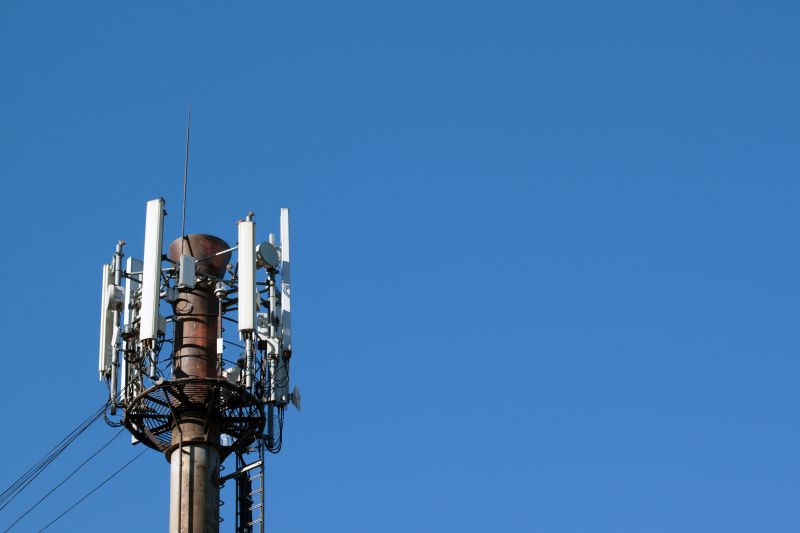5G and EMI Shielding

With 2020 ushering in the first fully functional fifth-generation (5G) cellular technology networks, and smartphone manufacturers following suit with 5G supporting devices, the construction and use of 5G infrastructure is already well underway for many internet and telecommunications providers. 5G Networks will increase the speed and responsiveness of wireless communications while also providing better support for the rapid growth of the Internet of Things (IoT), which is a network of physical objects that are connected to the internet, including wearables, smart home security systems, appliances, and vehicles. While it will still be years until 4G is completely gone and 5G is the global industry standard, it is important to understand what this new era of technology entails and the potential problems that might be incurred.
Fundamentals of 5G
A big difference between 5G and previous generations of cellular technology is that 5G networks will be the first to use millimeter waves with high frequencies, ranging from 30 to 300 GHz. An issue with these waves is that they don’t travel as far as the previously used, lower frequency waves, and won’t pass through structures as well. To combat this, telecommunications companies are installing a denser network of smaller cells, meaning there will be a larger number of cells than previously experienced. All 5G wireless devices in a cell are connected to the internet and telephone network by radio waves through a local antenna within the cell. Because of the increase in the number of cells, there will be an increase in the levels of electromagnetic interference (EMI). Basically, more cells mean more potential for EMI.
EMI and 5G
EMI can disrupt electronic devices, equipment, and systems in terms of consumer electronics (i.e.: smartphones) and also automotive, medical, or aerospace electronics. When designing and manufacturing modern electronic devices, there are strict electromagnetic compatibility (EMC) standards that must be followed in order to make sure that the device will not be impacted by external electromagnetic waves, nor will it be affected by its own radiated electromagnetic waves. Beyond this, it must not interfere with external devices or cause harm to human health, so it is important to block the path of electromagnetic waves. A common way to do this is through EMI shielding, and with 5G it is no different.
EMI Shielding
EMI shielding is used to reduce the electromagnetic field in a space by blocking the field using barriers made up of conductive or magnetic materials. The shielding is typically applied to the device and uses a screen to absorb the EMI that is being transmitted through the air. The screen absorbs the transmitted signals, which causes a current within the body of the screen, with that current being absorbed by a ground connection or virtual ground plane. Currently, EMI shielding materials used in the telecommunications and electronic information industry include plastic devices, conductive silicone, metal shielding devices, conductive fabric gaskets, and wave absorbing devices, among others. For 5G devices, this shielding will help ensure that the device functions properly without negatively impacting human health or the devices in its area.
With the evolution of cellular technology leading to a greater number of smaller cells radiating a larger number of higher frequency radio waves, the need for electromagnetic protection will only keep increasing. With not only the functionality of electronic devices, but the concern for human health at the forefront of designer’s and manufacturer’s thoughts, EMI shielding standards will only become stricter and more necessary. With 5G networks already here, the time to find EMI shielding solutions is now.
As an expert in EMC and EMI compliance, Com-Power offers the expertise needed to help ensure that your EMI shielding is effective and up to standard. To learn more about the products and services we offer, please contact us today.